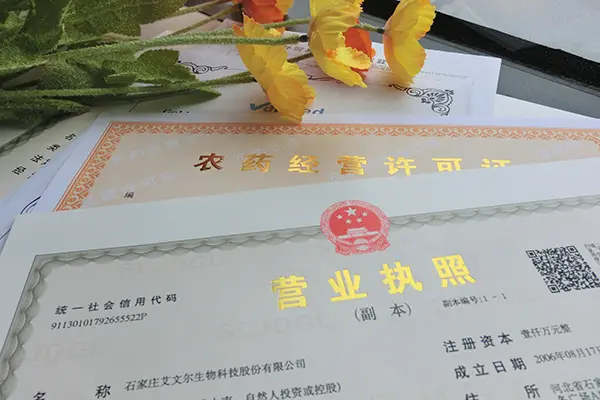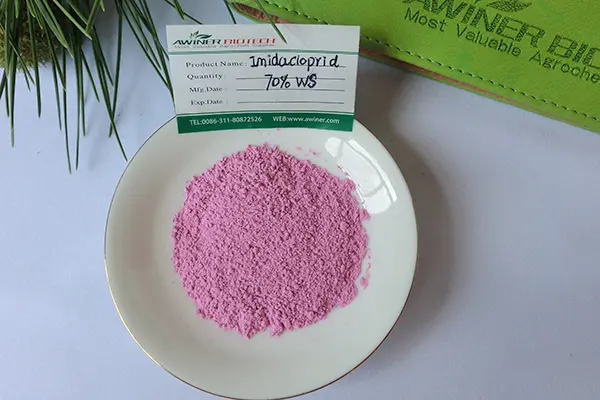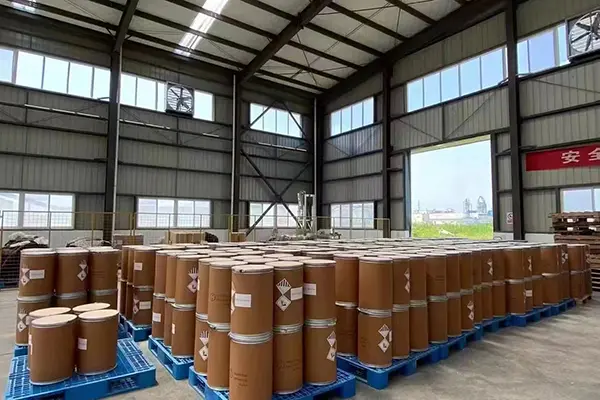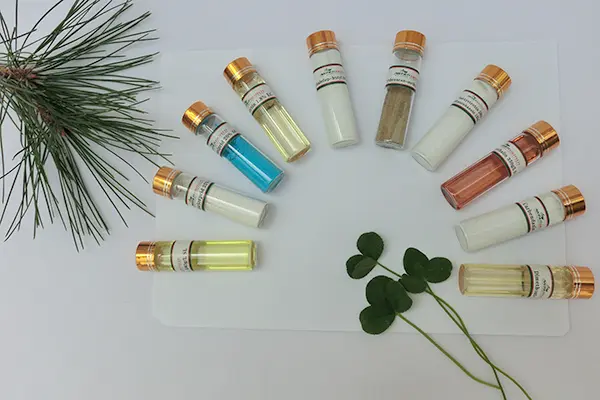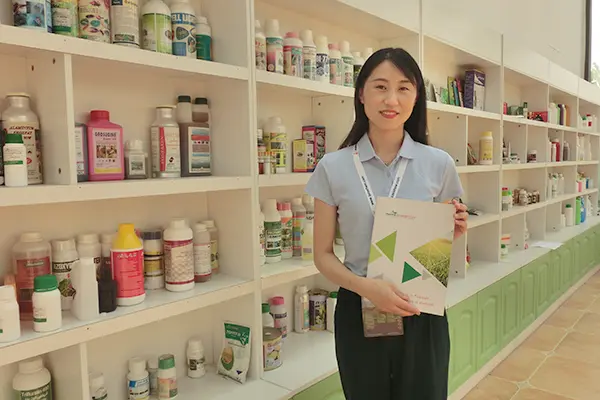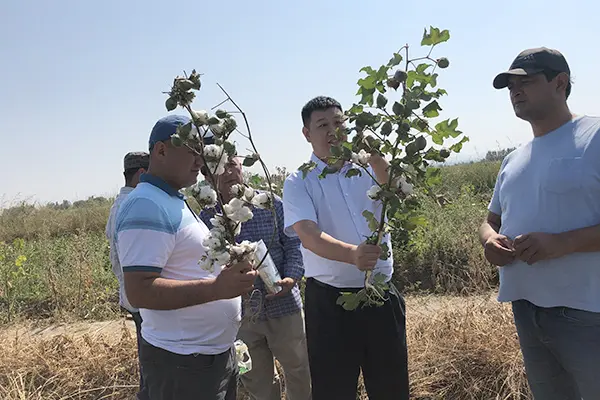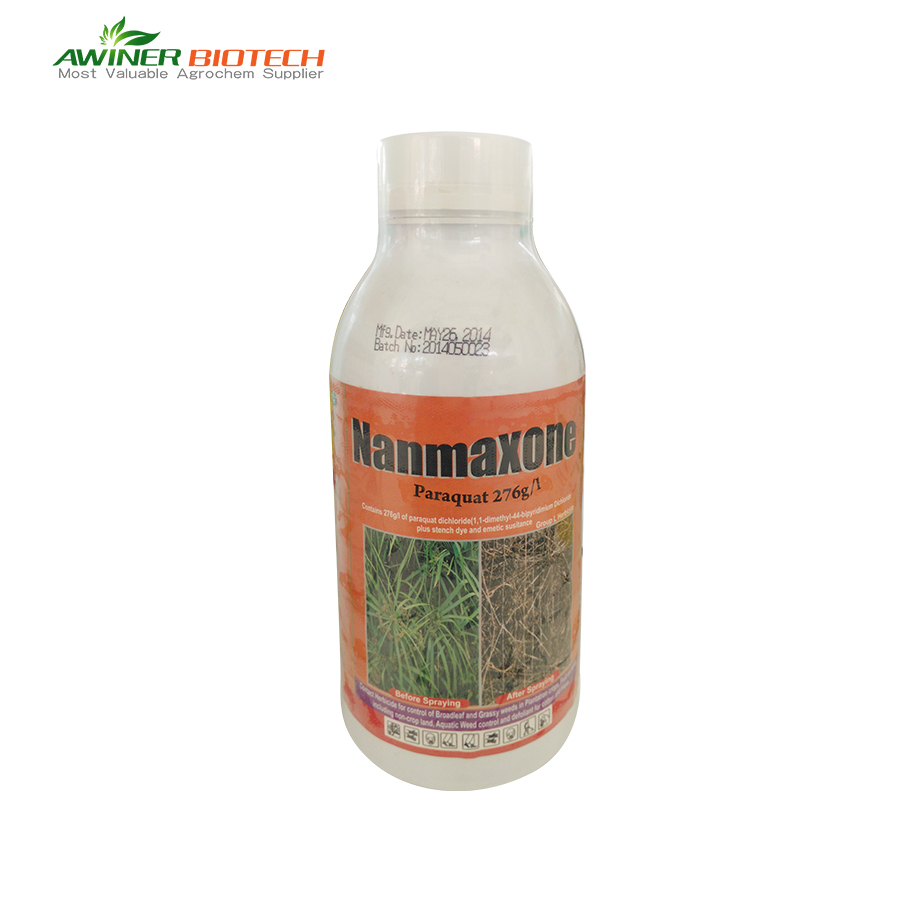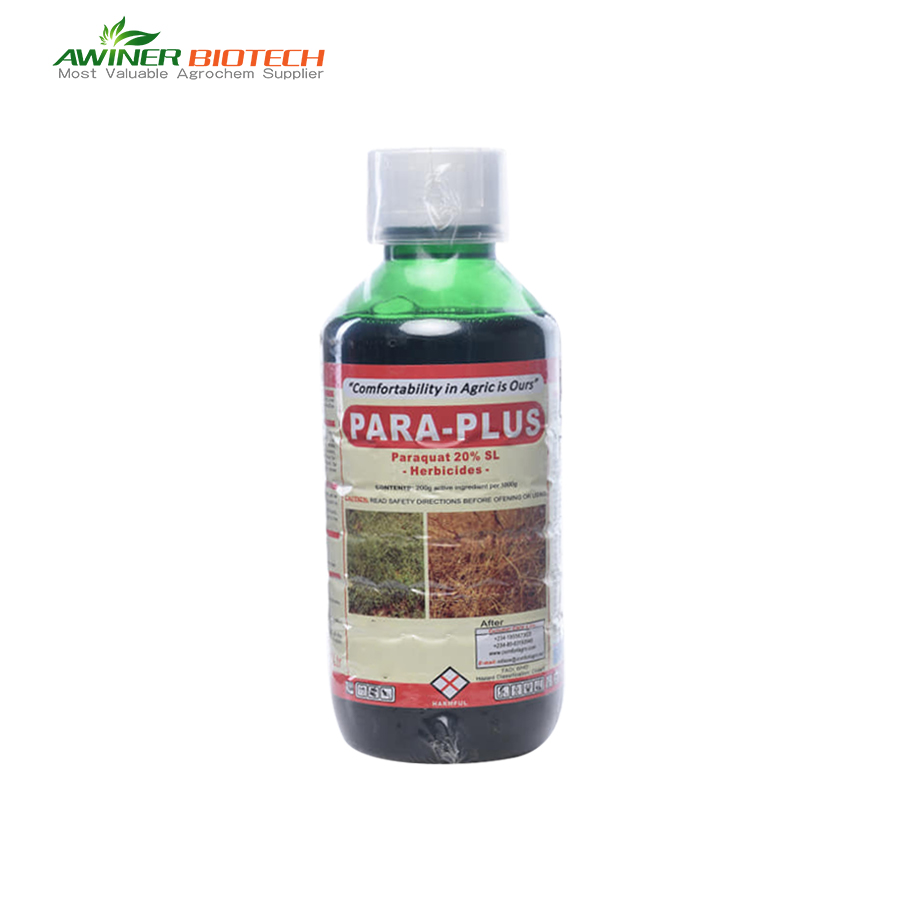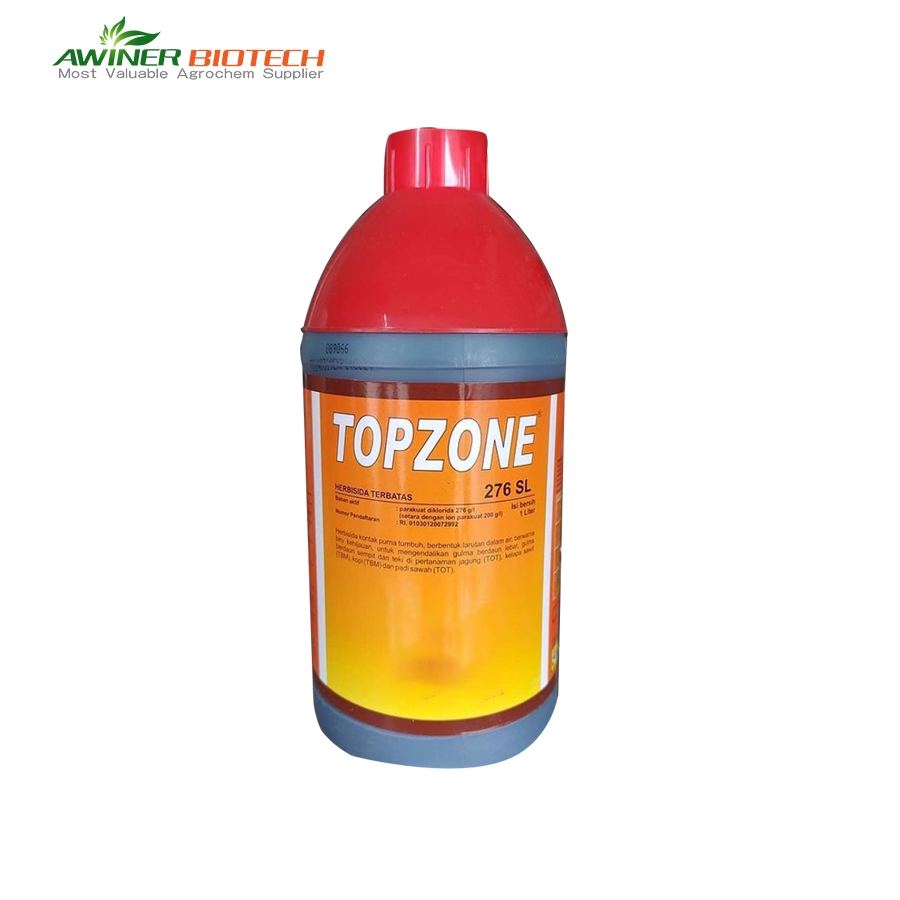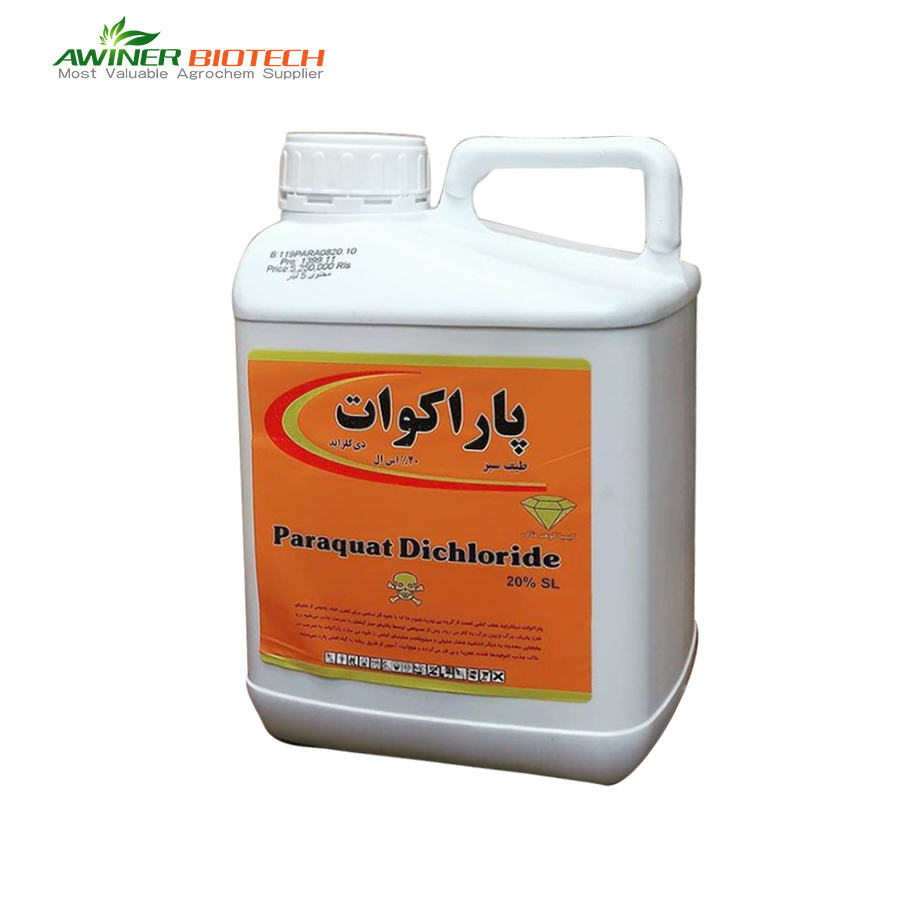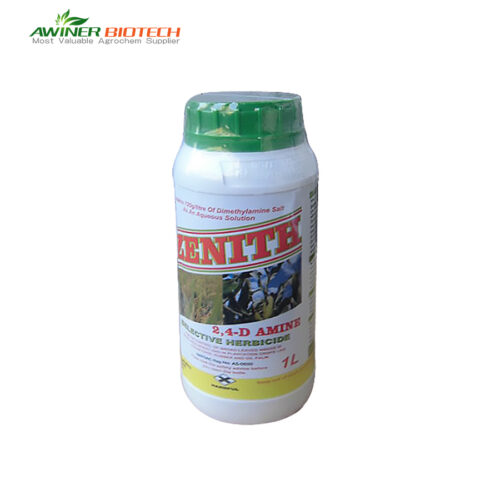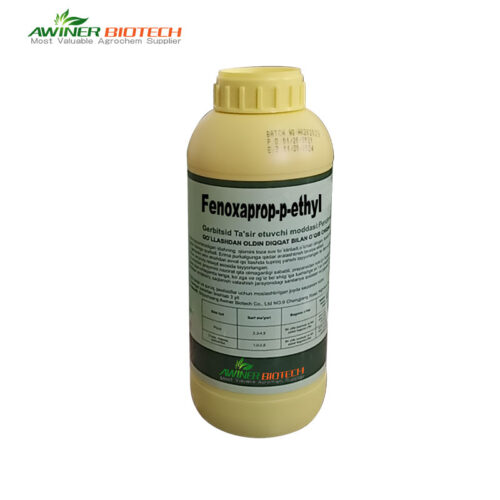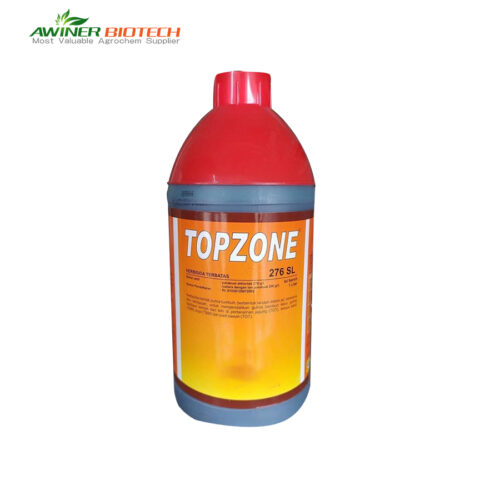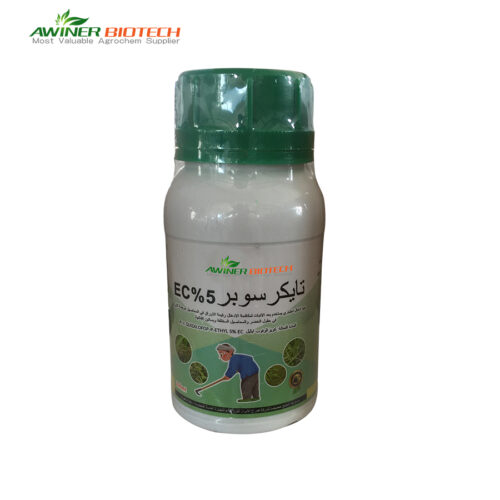Paraquat |
|
| Dosage form | 20%SL,276g/l SL |
| Packing | Liquid:50ml、100ml、250ml、500ml、1L、5L、10L、20L Solid:10g、50g、100g、250g、500g、1kg、5kg、10kg、25kg |
| Formulation | Customized |
| Label | Customized |
| Crop-Pest | 1.Cotton – Cotton Bollworm 2.Corn – Corn Borer 3.Rice – Secondary Corn Borer |
| Certification | SGS、 ISO 、BV |
| Delivery time | 20-30 days |
| Mixture products |
NO
|
| Payment terms |  |
Paraquat is a powerful non-selective herbicide that rapidly disrupts photosynthesis, effective against both monocotyledonous and dicotyledonous plants. Safe for crops when applied 1-2 days before planting, it inactivates upon soil contact but allows weed regrowth from roots and seeds.
Paraquat Herbicide
Paraquat is a non-selective, fast-acting quaternary ammonium herbicide. It is highly effective at destroying chloroplast membranes, rapidly halting photosynthesis and chlorophyll synthesis. Visible damage to treated leaves occurs within 2-3 hours of application. Paraquat is potent against both monocotyledonous and dicotyledonous plants, effectively destroying green plant tissues on contact. However, it cannot penetrate the lignified bark of trees and branches. Once in contact with soil, it quickly becomes inactivated, making it safe for crops if applied 1-2 days before planting. Paraquat does not affect plant roots or soil-residing seeds, so weed regrowth can occur.
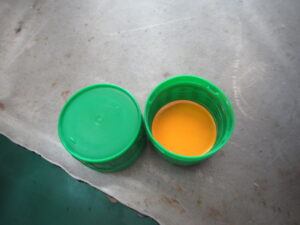 |
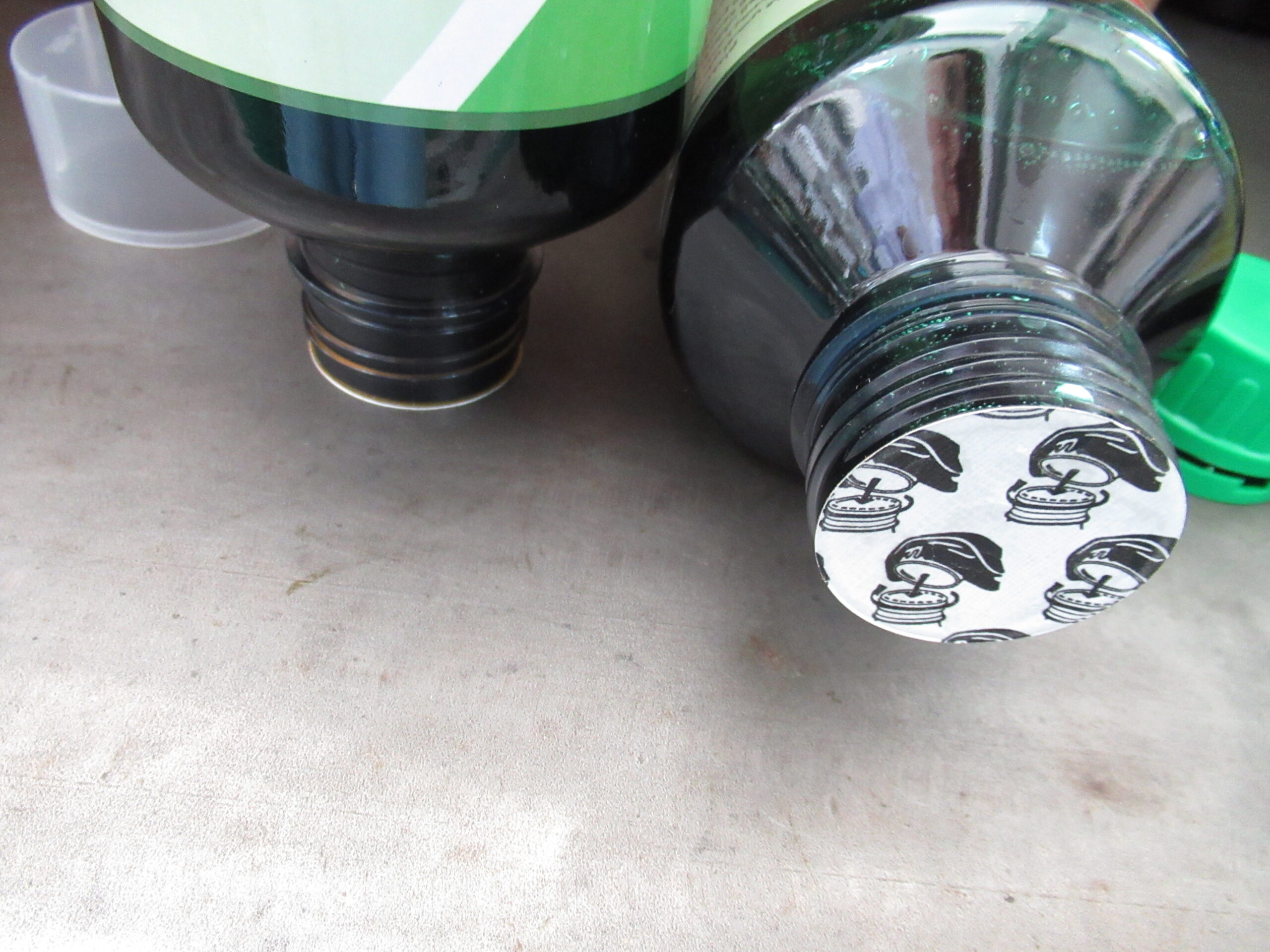 |
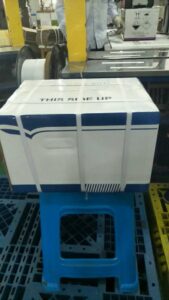 |
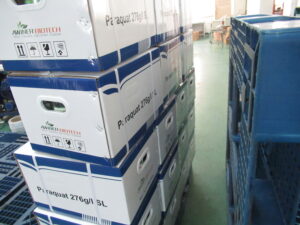 |
Paraquat Is Not the Same as Roundup
Paraquat and Roundup are different herbicides with distinct chemical compositions and modes of action. Paraquat is a contact herbicide that quickly kills plants upon contact but does not translocate within the plant. It is highly toxic and requires careful handling.
Roundup, on the other hand, contains glyphosate, a systemic herbicide that is absorbed by the leaves and moves throughout the plant, effectively killing it from the roots up. Glyphosate is less toxic to humans and animals compared to paraquat. Both products are used for weed control, but they have different applications, safety profiles, and regulatory considerations.
<About Awiner Biotech>
